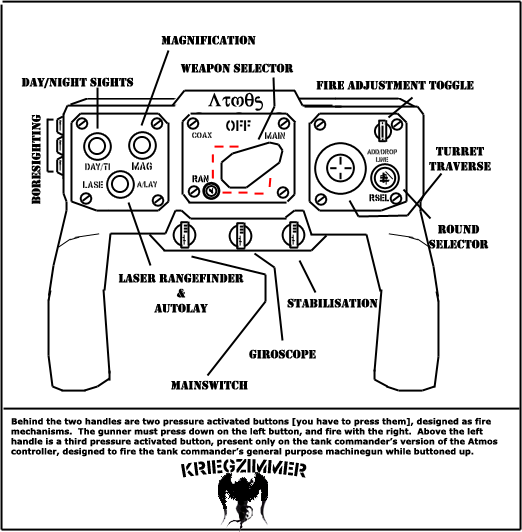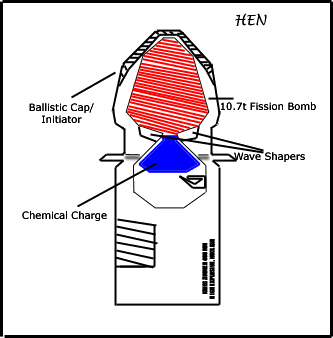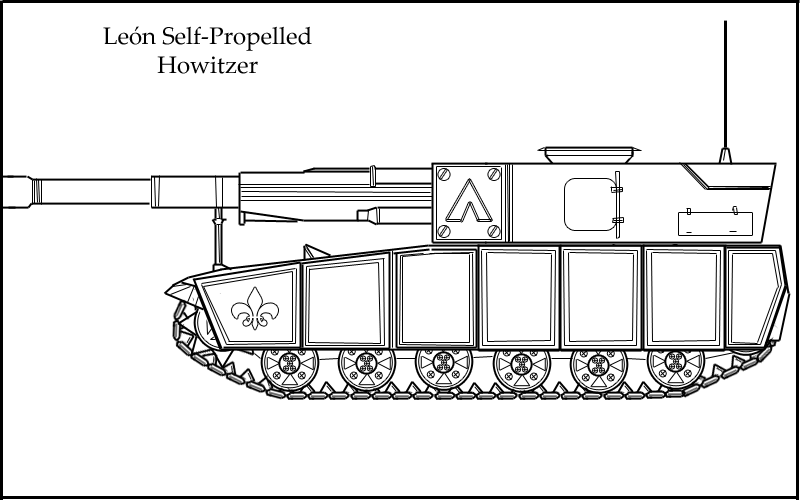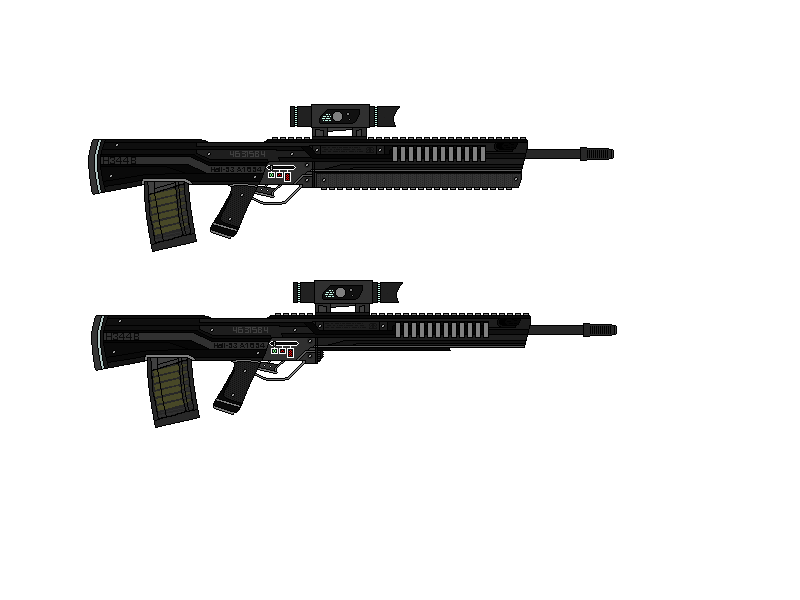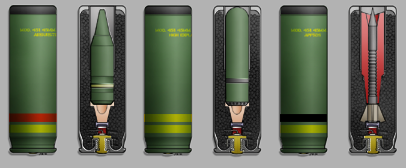
For a century, the republics and monarchies of the Kríerstat Epok fought and squabbled between each other, until, finally, the Kingdom of Macabea emerged as the absolute victor. Her armies were supplied with tanks, aircraft, rifles, and a torment of other weapons, produced by an impressive array of companies looking to profit from the wars. If one traces their ownership all the way to the top, they would find one name: Kriegzimmer.
As the Empire of the Golden Throne entered into its second iteration, Kriegzimmer found a growing domestic customer, along with a rapidly expanding list of international clientele. By the ascension of His Imperial Majesty Fedor I to the imperial throne, hundreds of nations had been furnished with some of the finest military equipment the world could offer at the time. She became a global household name, and so did perhaps the most famous — or infamous — of her products, the Nakíl.
Within a decade, Kriegzimmer was manufacturing the tank in dozens of different countries and exported over twenty million models worldwide. The Nakíl has claim to be one of the most widely exported tanks in history.
All good things must come to an end. Months into Fedor's regime the empire broke into a brutal war of secession that soon transitioned into a regional, and then global, war. It ended well for Fedor, but his displease with Kriegzimmer's prolific export policy soon gave him cause to intervene into its fortunes.
Soon after the war, Kriegzimmer was ordered to close. Her subsidiaries became independent companies. But with a soon-to-come financial depression — one that would push the empire to the brink of bankruptcy —, the severe postwar demobilization, and growing skepticism of military exports, these companies' revenue streams dried up and so did the Macabean name.
It has come time for a revival.
Kríertor cannot claim the fame and power of Kriegzimmer, but we don't want it. We come to do what Kriegzimmer should have done: provide a common forum and marketplace for all Macabéan military industry.

Export Restrictions: By default, none. Exceptions are unique to the product and will be stated on the product brochures.
Critique: All products have gone through a peer review. Still, nothing is ever perfect (especially what I designed early on vs. what I designed later in my 'NS tech career') and some things are PMT. Please communicate critiques and advice privately, via telegram.
Images: I am working on making all the images 'Dark Theme' friendly.


Official partner.
Payment is expected upon order confirmation, in full. We accept only domestic currency and Universal Standard Dollars.
Credit: If you cannot fulfill payment in cash, we offer a secure credit line through our partner Díenbank. A domestic clearinghouse union and important international investment bank, Díenbank offers low interest rates for wholesale credit lending, with 1-, 10-, and 30-year loans.
Collateral is preferred in the form of government bonds, which garners a 1, 1.5, or 2 percent haircut on interest, depending on the weighted credit rating of the collateral.
Corporate bonds must be A-rated or higher, in accordance with Díenbank's internal rating system.
Simplified rating qualifications:
- AAA: Extremely high stability-rating. Highly information-insensitive (liquid). 1- (4.1%), 10- (3.2%), 30-year (1.5%) loans available.
- A: High stability-rating. Highly information-insensitive (liquid). 1- (5.2%), 10- (4%), 30-year (2.1%) loans available.
- B: Short-term stability-rating. Short-term liquidity predicted. 1- (7.4%) and 10- (5.3%) loans available.
- C: Unstable, but presently capable of meeting short-term liabilities. 1- year loans available (11.3%).*
* These prices will be influenced by the aggregate volume of collateral, determined via a near-future Díenbank storefront.


Armor:
Other Armored Fighting Vehicles:
- Arica. I 'Shalmaneser' Heavy Armoured Personnel Carrier
- BSI-37 Infantry Combat Vehicle
- G11 Series Lightweight Vehicles
- High Mobility Tactical Armored Car
- Xarc Mobile Gun System
Artillery Systems:
Other Vehicles:
Infantry Weapons:
- DNR-13 Recoiless Rifle
- TA-80 Next-Generation Infantry Rocket System (NIR-S)
- TA-100 Anti-Tank Guided Missile
Components:

Capital Warships:
Escorts:
Brown Water:
Logistics & Other:'
Submarines:
Missiles:

Fighters:
Bombers:
- GLI-34 Albatross
- GLI-113 Ank'ríat Super Heavy Bomber
Support:
- GLI-44 Blackjester IRBC
Transports:
Helicopters:
- RoLu-17 Galicia Attack Helicopter
- RoLu-21.A Boneharvester Attack Helicopter
UAVs:
- GF11 Archer Tactical UAV
- GF15 Valkyrie Anti-Armour UCAV
Missiles & Munitions:
- RGW.76 'Moonlit' Ground Based Interceptor
- AAM Series Air to Air Missiles
- LN.17 Advanced Long Range Cruise Missile





